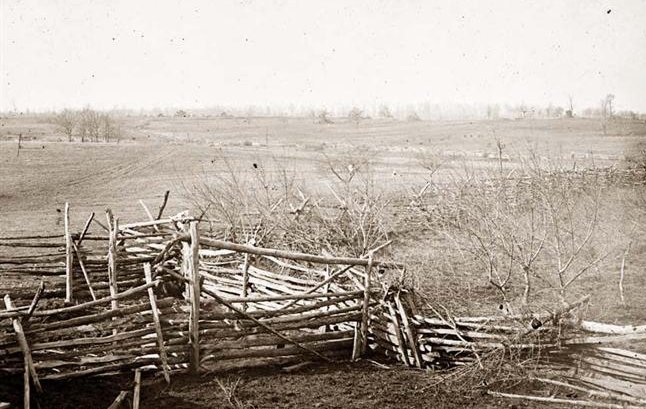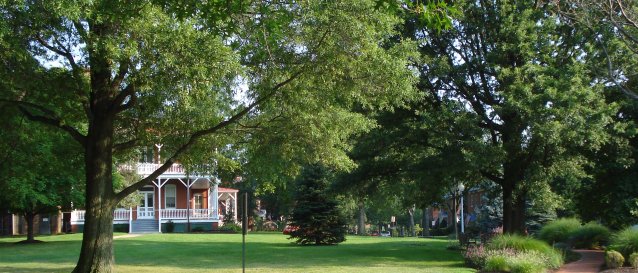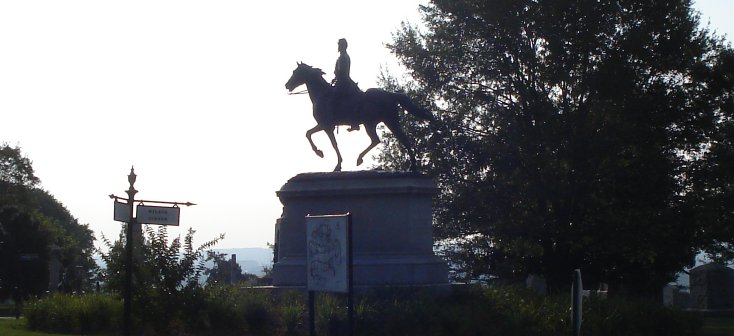The guy sitting next to me from the Post Office told me that he was in process of renewing the fleet of delivery trucks. They were thinking about alternative fuels and maybe electricity. This is where government can foster some real progress, by both leading by example and breaking a path for others to follow.
Below is a marketplace at Clarendon Metro. I got a flat tire on my way to work, so I locked up the bike and hopped on the Metro to get to work. This was in operation when I went to pick it up. People were selling vegetables, bread & honey.

A problem with translating small time innovation to big time application is usually a kind of chicken and egg dilemma. For example, you cannot deploy alternative fuel vehicles unless you have a network of alternative fuel stations to service them. On the other hand, you don’t want to build a network of alternative fuel stations until there are enough vehicles to justify the expense of building them. The government is big enough to do both at the same time.
This is the kind of infrastructure path breaking government should do. It is always hard to be the first down the path. After that it can be easy for others to follow. Unfortunately, this is not a very interesting thing for politicians. The path breaking function is just a slog and once it’s done everybody thinks it would have happened anyway. The bureaucrat who authorized the spending looks like he wasted the government’s money, since he pays the money and those who follow ride almost for free. Worse yet, it is hard for politicians to target the benefits to their own constituents or contributors. Yet some still make the hard and right decision and they should be praised.
One thing that might help is looking at the whole value chain and considering the longer term. I wrote a post about the ecological value chain and there is a similar calculation possible for any sort of investment. You learn in business 101 about break even analysis. That just shows how much must be sold or how long it will take for an investment to pay off. In a simple example, you might pay an extra $100 for a boiler that pays off in energy savings in two years. It makes a lot of sense to think ahead and pay a little more now to get a bigger payoff later, but the future is always uncertain and our government budgets tend to be short term.
It takes a wise and unselfish manager to pay more today out of his budget for something that will pay off a little at a time for his successors. Making the value chain more apparent helps it become more a part of decision making. Managers need to think of things like energy usage more like long term investments that pay dividends rather than just overhead.
I learned and thought about these things during a breakfast on “green government” sponsored by “Government Executive” magazine. You learn a lot when you go to these things, not only from the speakers but also from the people you sit next to. And you get to eat breakfast too. Sweet.






